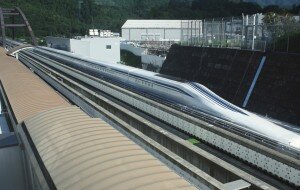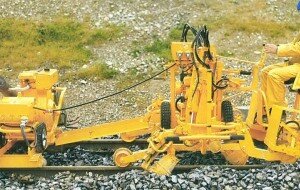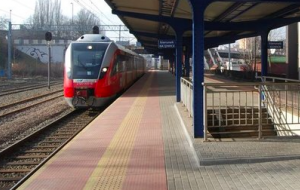 Canadian Pacific train on the Laggan subdivision, near Lake Louise, a potash train heads west. (Media photo, Credit: Canadian Pacific, Photographer: Matthew Hicks)
Canadian Pacific train on the Laggan subdivision, near Lake Louise, a potash train heads west. (Media photo, Credit: Canadian Pacific, Photographer: Matthew Hicks)
Rail analysts: Canadian railway potential to grow
Published: Fri, 2015-01-23 16:16Regardless of volatility in energy prices, crude-by-rail volumes in Canada should continue to grow, however a bit slowly, in 2015, an industry analyst told.
Unpredictability in energy prices is expected to be vagueness factor for Canadian railways in the long term, but crude-by-rail volumes should continue to grow, though more slowly, in 2015, an industry analyst said newly.
"Crude-by-rail momentum will be sustained by infrastructure investments and contractual commitments in the near-term, however, longer-term prospects are less certain if WTI stays at current levels," Walter Spracklin of RBC Capital Markets wrote in a report, published in Star Phoenix recently.
The price of West Texas Intermediate crude oil, the U.S. benchmark, fell, according to paper, in the beginning of the year, to $48.96 US a barrel, the fourth consecutive day of declines and the lowest level since April 2009.
The shipment of crude oil by rail has grown quickly in recent years amid growing concerns about rail safety. Canadian National Railway and Canadian Pacific Railway announced double-digit growth in petroleum products in 2014. That was a bright spot on the year for CP, whose total volumes fell 0.6 per cent on decreases in six of 10 commodity groups because of contract losses and lower coal traffic.
CN Rail led the North American industry last year, with total carloads increasing 8.2 per cent for the 52 weeks ending Dec. 27, according to data from the Association of American Railroads.
Spracklin told to StarPhoenix, that overall volume growth will slow for most North American railways aside from CP.
The RBC analyst estimates the Calgarybased railway's revenue ton miles (RTM) - a key measure determining profit based on revenue to transport one ton of goods for one mile - will grow 5.1 per cent in 2015, up from 3.8 per cent in 2014. The outlook assumes a pickup in intermodal growth and slower crude traffic than previously implied by CP. Spracklin expects CN's RTMs will grow 4.4 per cent, down from about 11 per cent in 2014.
Markku Björkman




























































































